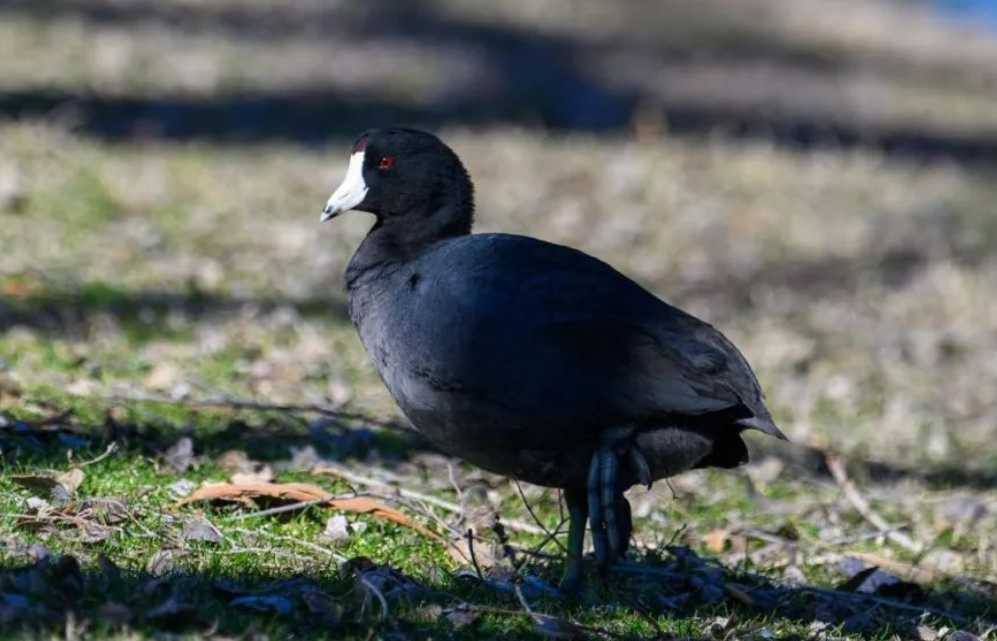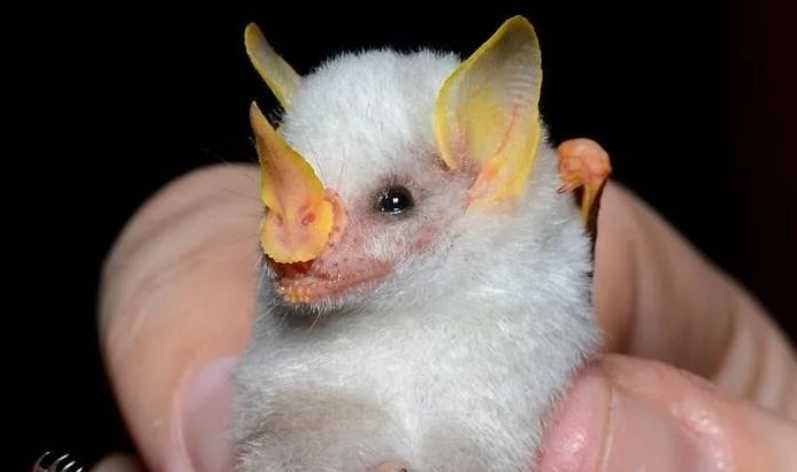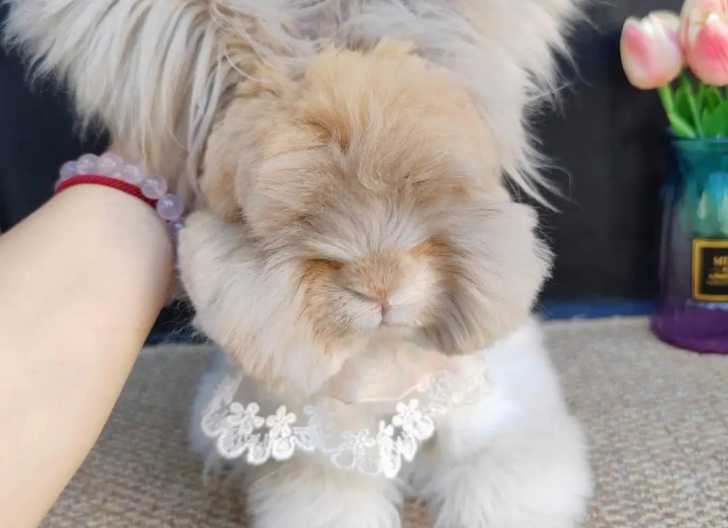The Distinctive American Coot: A Waterbird of Many HabitatsThe American Coot (Fulica americana), a bird often mistaken for a duck, holds a unique place in the avian world. This medium - sized waterbird is a common sight in various wetland environments across the Americas, captivating observers with its interesting features and behaviors.
June 5, 2025, 4:39 pm EDT










